Briefly Describe the Uses for Antibiotics in Food Producing Animals
However there are overriding concerns regarding their use in both animals and particularly humans where the spectre of highly resistant pathogens defy treatment have. Cephalosporins are also used to treat ear skin urinary tract and other infections.

Global Antimicrobial Use In Food Animals A Major Users Of Download Scientific Diagram
There are two main reasons food producers use antibiotics.

. False not used in milk or egg producing animals. Over 100 veterinarians participated in the Discussions. In Australia antibiotic substances are added to animal feed for therapeutic prophylactic growth promotion and anticoccidial purposes.
In the US many livestock producers give their animals low doses of certain antibiotics to improve overall health and help. Disease prevention for animals that are at risk of becoming sick. They can also spread in the environment through animal feces agricultural dust irrigation systems.
Such antibiotics are known as medically important antimicrobial drugs. Antibiotic use in human medicine veterinary medicine and agriculture has been linked to the rise of antibiotic resistance globally. The Judicious Use of Medically Important Antimicrobial Drugs in Food-Producing Animals recommends that food animal producers voluntarily phase out the use of medically important drugs for growth promotion or feed efficiency.
We did a systematic review and meta-analysis to summarise the effect that interventions to reduce antibiotic use in food-producing animals have on the presence of antibiotic-resistant bacteria in animals and in humans. Based on approved claims tetracyclines serve four purposes in cattle rations. Proper use can keep animals healthy control the spread of diseases between herds help animals gain weight and prevent the spread of diseases from animals to humans.
2 Briefly describe the uses for antibiotics in food-producing animals. Antibiotics are used in food animals to help promote animal health by treating diseases caused by bacterial infection either by killing the bacteria or making it difficult for them to grow and multiply. Participants provided feedback on the use of antibiotics in food-producing animal practice in Ontario.
21 True or False. The use of antibiotics in farmed animal production is an essential tool to combat production diseases improve animal welfare and safeguard food entering the human food chain. Whenever an antibiotic is used to treat a food animal the animal is withdrawn from the food system by farmers and not will be used for a food production until the antibiotic has cleared its system.
They work by killing or stopping the growth of harmful bacteria. And 4 improved gains and feed efficiency Anonymous 1979c. One is to treat sick animals -- or to prevent them from getting sick in the first place.
23 List the characteristics of Lincosamides. Meat and poultry producers used 27 tons of. Antibiotics can be used to treat a single animal with clinical disease or a large group of animals.
Final Guidance 209. The veterinarians perspectives about the current status of the use of antibiotics by veterinarians in food-producing animals were quite similar across the various species. Studies reported the existence of drug-resistant bacteria in food animals shortly after antibiotics began to be used in production in the 1950s.
Affect formation or bones and teeth staining in young animalschildren. Cross-species transmission of resistant bacteria or resistant genetic elements from animals to humans can and does occur. However to slow the spread of antibiotic resistance antibiotics should only be.
18 The different applications of antibiotics in food animals have been described as therapeutic use prophylactic use and subtherapeutic use. Tetracyclines are safe to administer to food-producing animals where products are used for human consumption. Drug-resistant bacteria in animals may yield adverse human health effects if people come in contact with drug-resistant bacteria via food live farm animals manure or shed animal material such as.
Antibiotic use in food-producing animals Antibiotics are drugs used to treat bacterial infections. 2 Briefly describe the uses for antibiotics in food-producing animals. 3 control of foot rot.
Without the use of appropriate antibiotics pets and farm livestock would endure pain and suffering and the production of safe food could be endangered. Antibiotic use in food animals can help treat control and prevent bacterial diseases in animals. Nutrition 1 Janice is watching the Tour de France and hears that some cyclists are being accused of blood doping.
Livestock rearing and production methods in which large cohorts of animals are raised in close proximity in feedlots cattle or rearing sheds pigs or poultry. The use of medically important antibiotics in food production is on the decline for the second straight year the Food and Drug Administration said in a report released today. According to FDA.
We have produced a series of briefing documents which give more background. According to the CDC giving antibiotics to animals kills harmful bacteria but also allows resistant bacteria to survive and multiply. 1 control of liver abscesses.
These drug-resistant bacteria can live in the animal meat and then be ingested by humans where it can alter a healthy gut microbiome. Animal health companies farmers and veterinarians cooperated with the FDA to develop a guidance which ended the use of antibiotics important to human medicine to promote growth in animals or to improve feed efficiency ie production purposes. 2 control of respiratory disease related to shipping fever.
Antibiotics are medicines useful for controlling and preventing disease in livestock. Antibiotics used in food-producing animals are closely related to those used in human medicine and can select for resistance in these animals. Another important aspect of antibiotic use is their role in helping vets and farmers with the production of safe food from healthy animals.
Antibiotics are used in food animals to treat clinical disease to prevent and control common disease events and to enhance animal growth. It also recommends phasing in over a period of three years veterinary oversight of all.
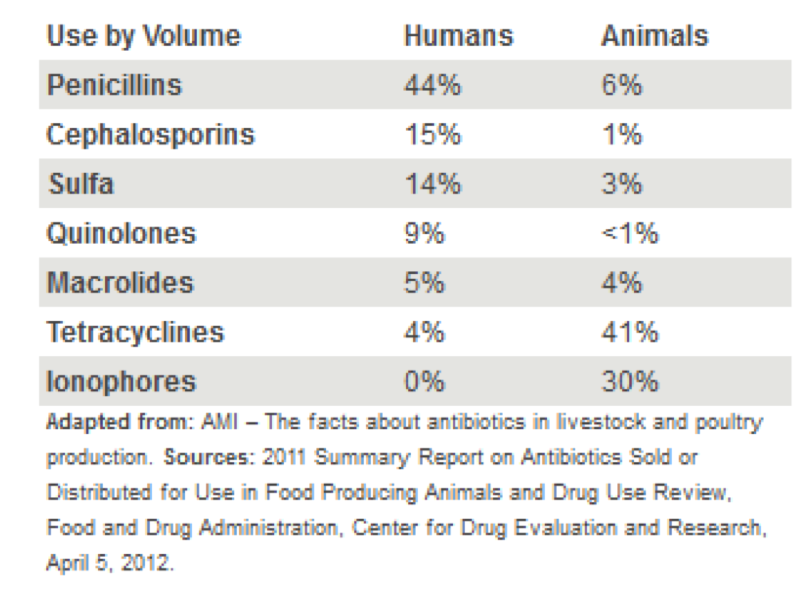
Hormones And Antibiotics In Animal Production North Carolina Cooperative Extension
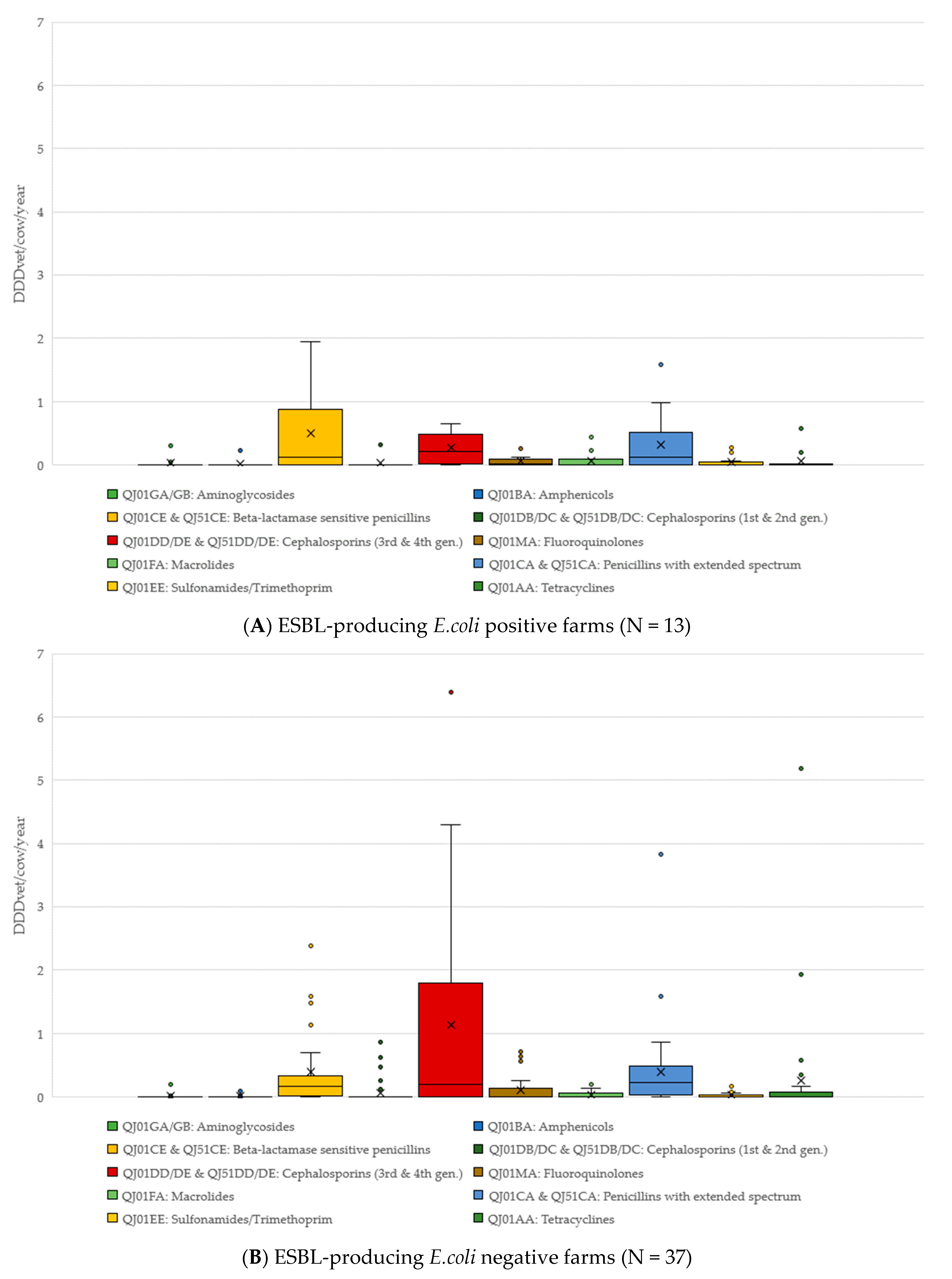
Antibiotics Free Full Text Analysis Of Antimicrobial Use And The Presence Of Antimicrobial Resistant Bacteria On Austrian Dairy Farms A Pilot Study Html
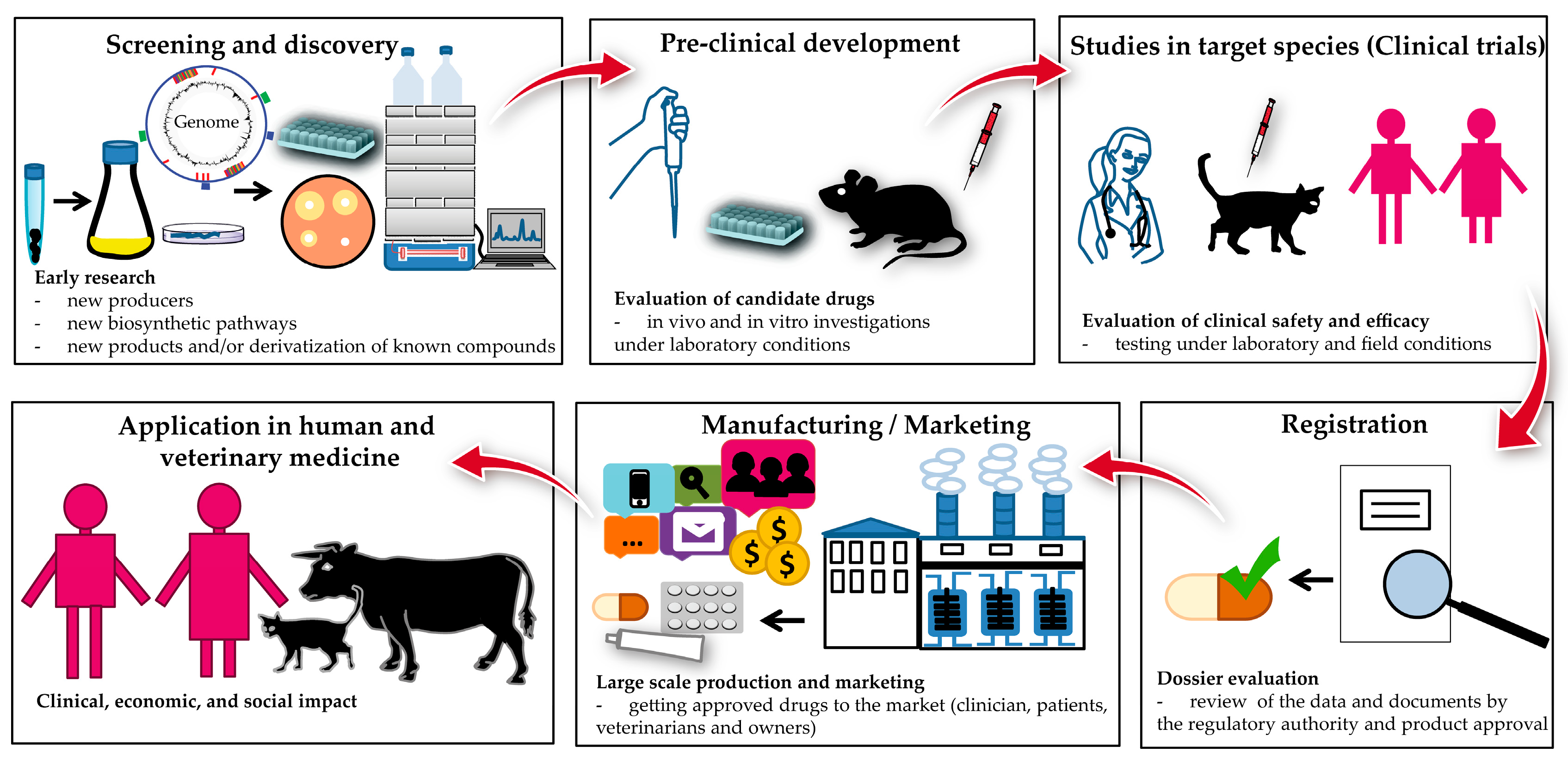
Antibiotics Free Full Text Actinomycete Derived Polyketides As A Source Of Antibiotics And Lead Structures For The Development Of New Antimicrobial Drugs Html

Frontiers The Influencing Factors Of Bacterial Resistance Related To Livestock Farm Sources And Mechanisms Animal Science
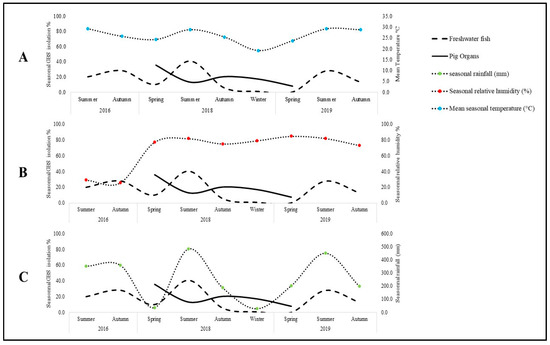
Antibiotics Free Full Text Prevalence And Characteristics Of Streptococcus Agalactiae From Freshwater Fish And Pork In Hong Kong Wet Markets Html
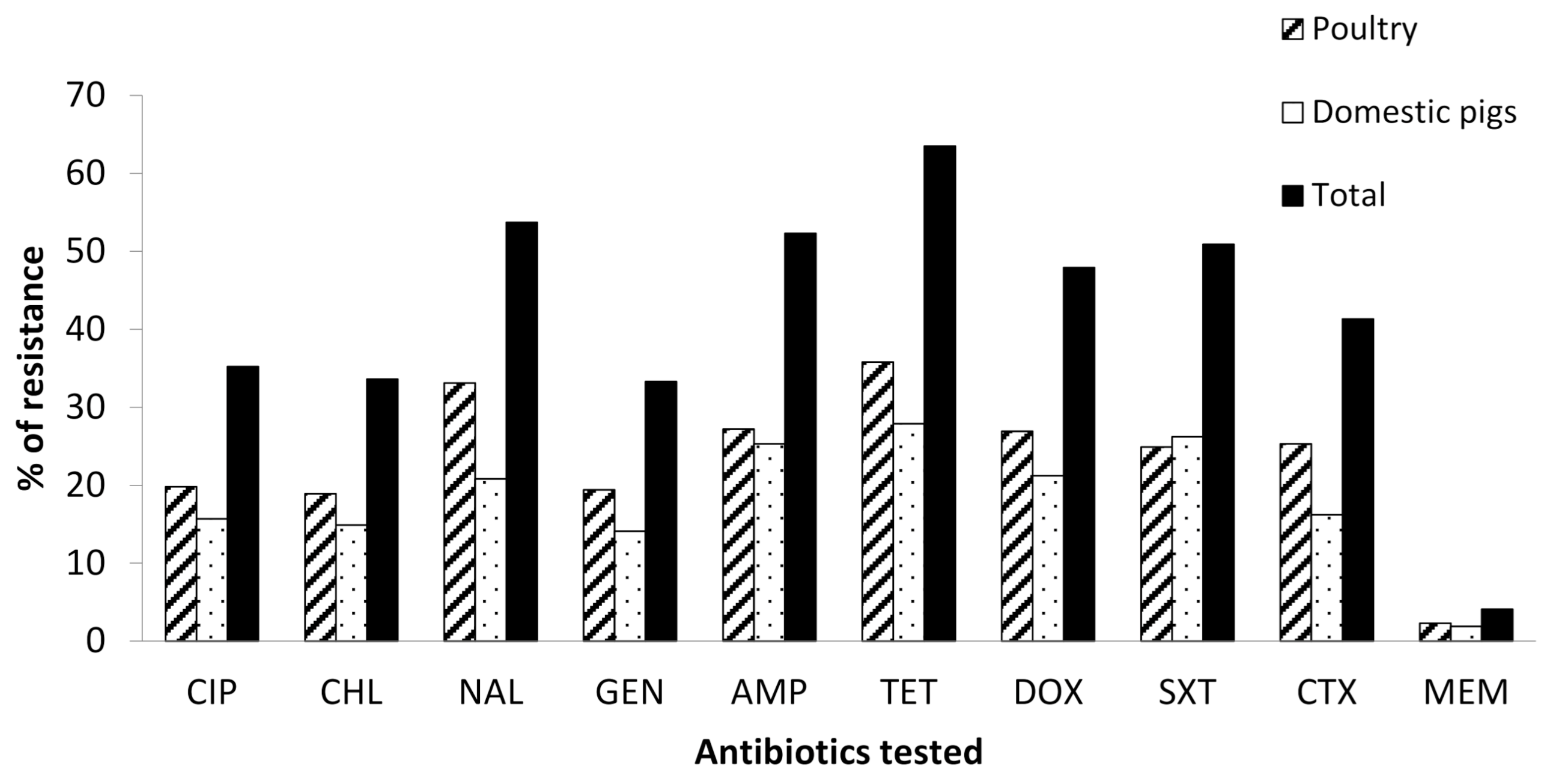
Antibiotics Free Full Text Multidrug Resistant Including Extended Spectrum Beta Lactamase Producing And Quinolone Resistant Escherichia Coli Isolated From Poultry And Domestic Pigs In Dar Es Salaam Tanzania Html
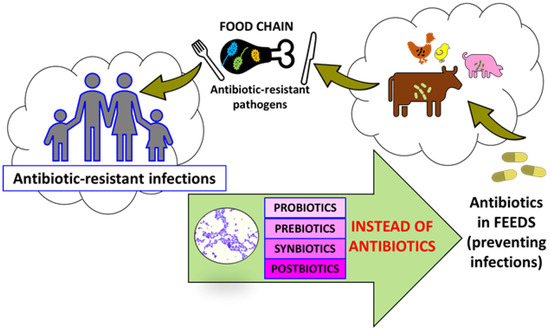
Animals Free Full Text Probiotics And Postbiotics As Substitutes Of Antibiotics In Farm Animals A Review Html

Pdf Critically Important Antibiotics Criteria And Approaches For Measuring And Reducing Their Use In Food Animal Agriculture
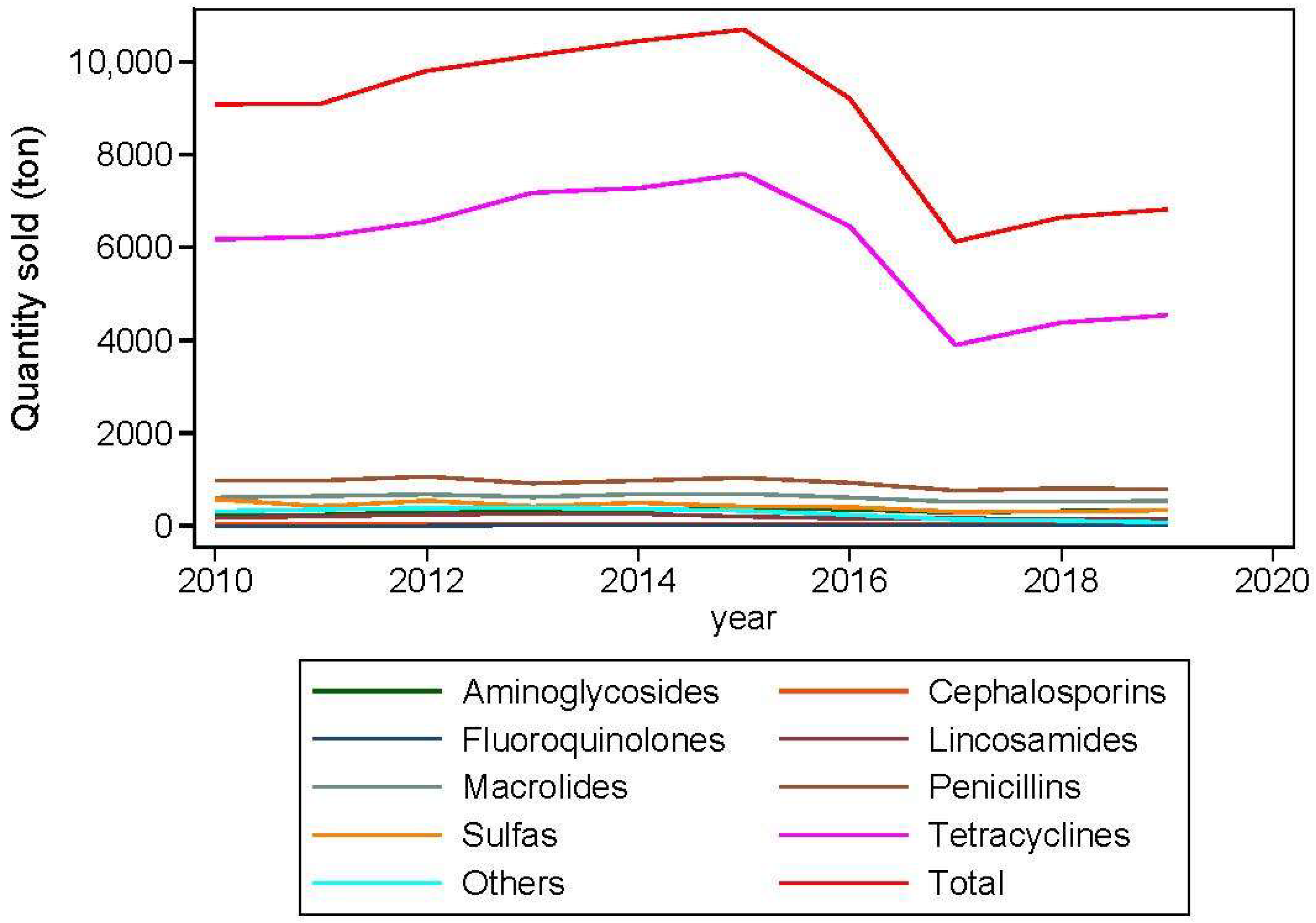
Antibiotics Free Full Text Lagoon Anaerobic Digestion And Composting Of Animal Manure Treatments Impact On Tetracycline Resistance Genes Html

Why We Should Reduce Antibiotic Usage And Ways To Do It The Pig Site
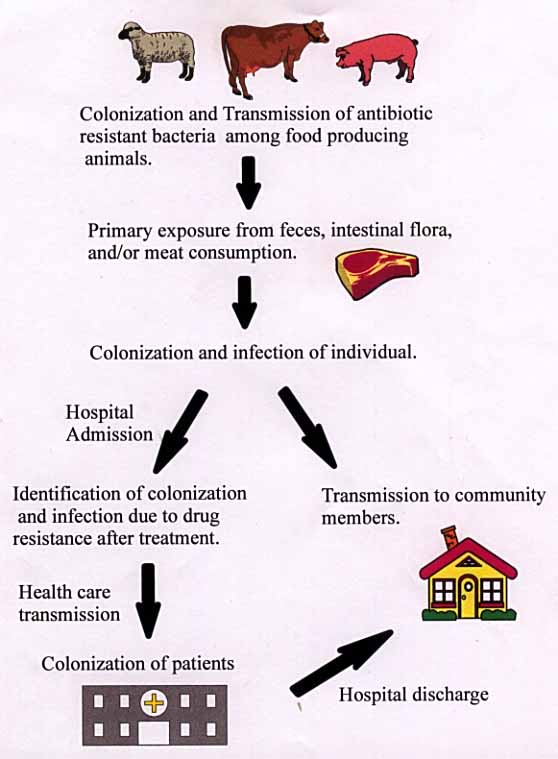
Effects Of Antibiotics On Animal Feed Presentation

Why We Should Reduce Antibiotic Usage And Ways To Do It The Pig Site
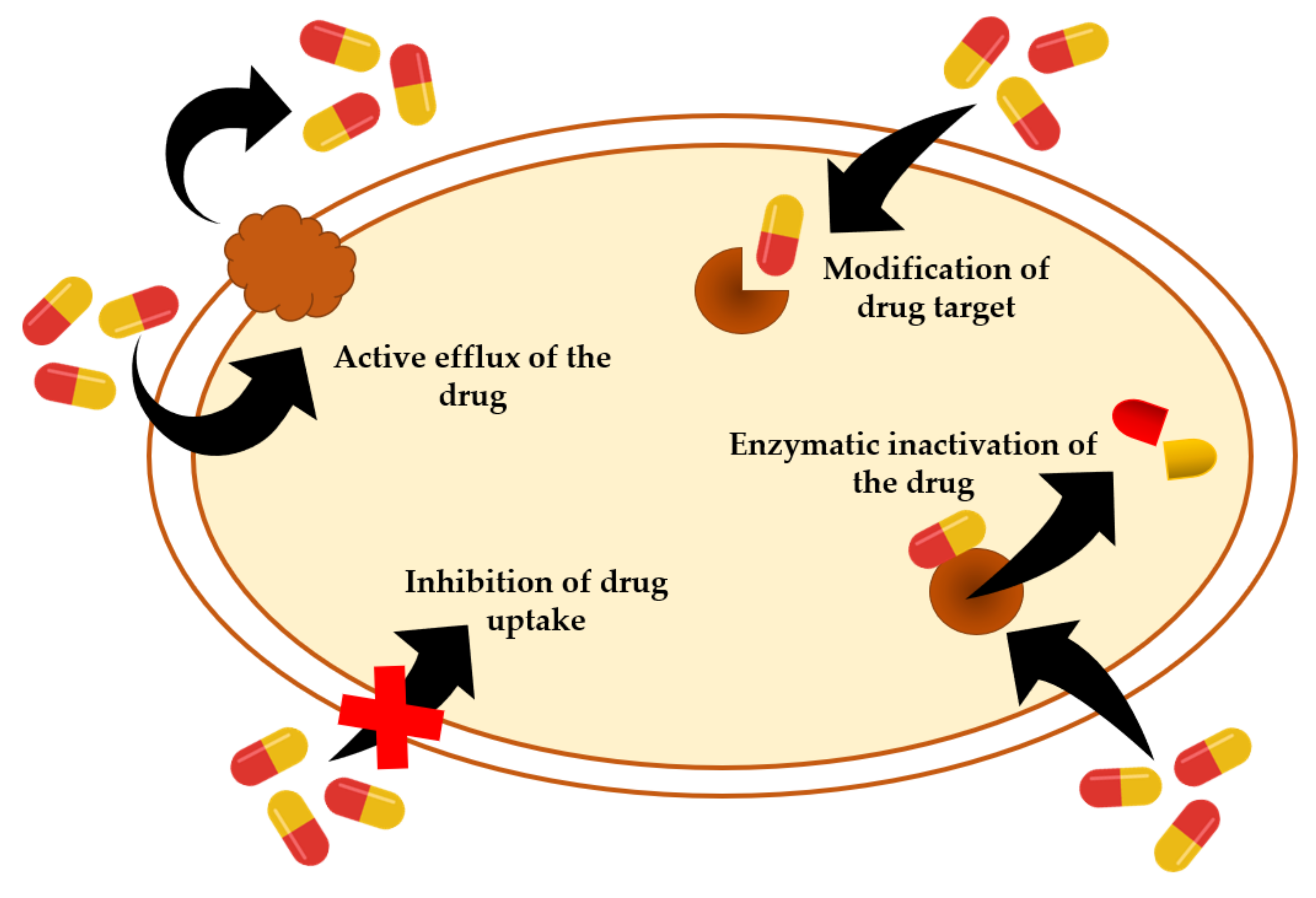
Animals Free Full Text Bacterial Skin Infections In Livestock And Plant Based Alternatives To Their Antibiotic Treatment Html
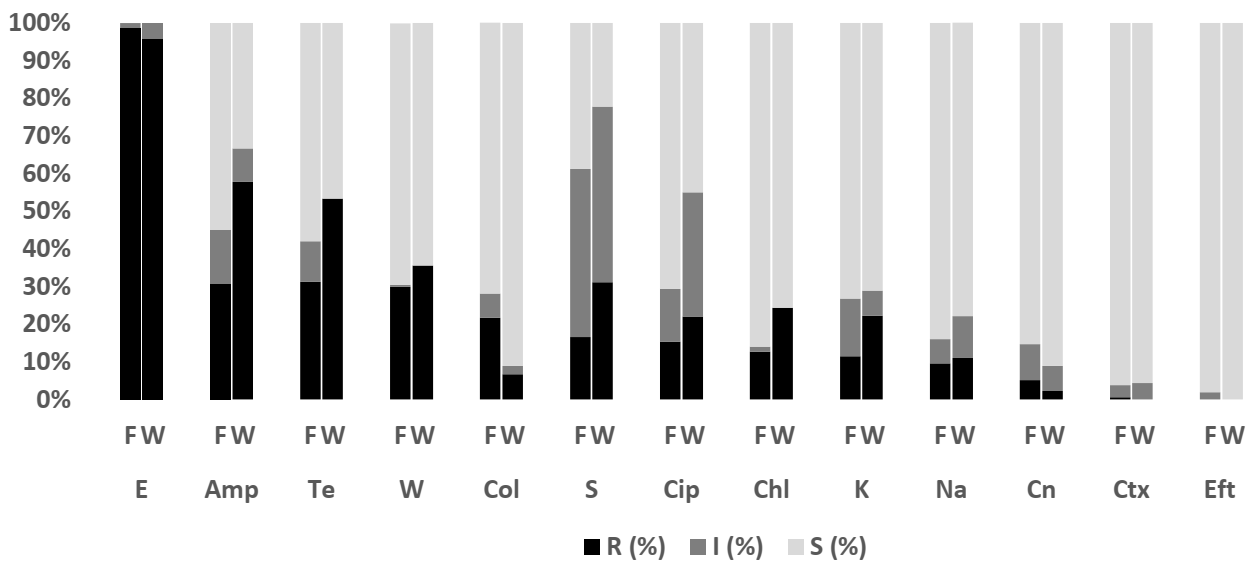
Antibiotics Free Full Text Prevalence And Antimicrobial Resistance Of Escherichia Coli Salmonella And Vibrio Derived From Farm Raised Red Hybrid Tilapia Oreochromis Spp And Asian Sea Bass Lates Calcarifer Bloch 1970 On

Why We Should Reduce Antibiotic Usage And Ways To Do It The Pig Site

Pdf Critically Important Antibiotics Criteria And Approaches For Measuring And Reducing Their Use In Food Animal Agriculture

Why We Should Reduce Antibiotic Usage And Ways To Do It The Pig Site

Why We Should Reduce Antibiotic Usage And Ways To Do It The Pig Site
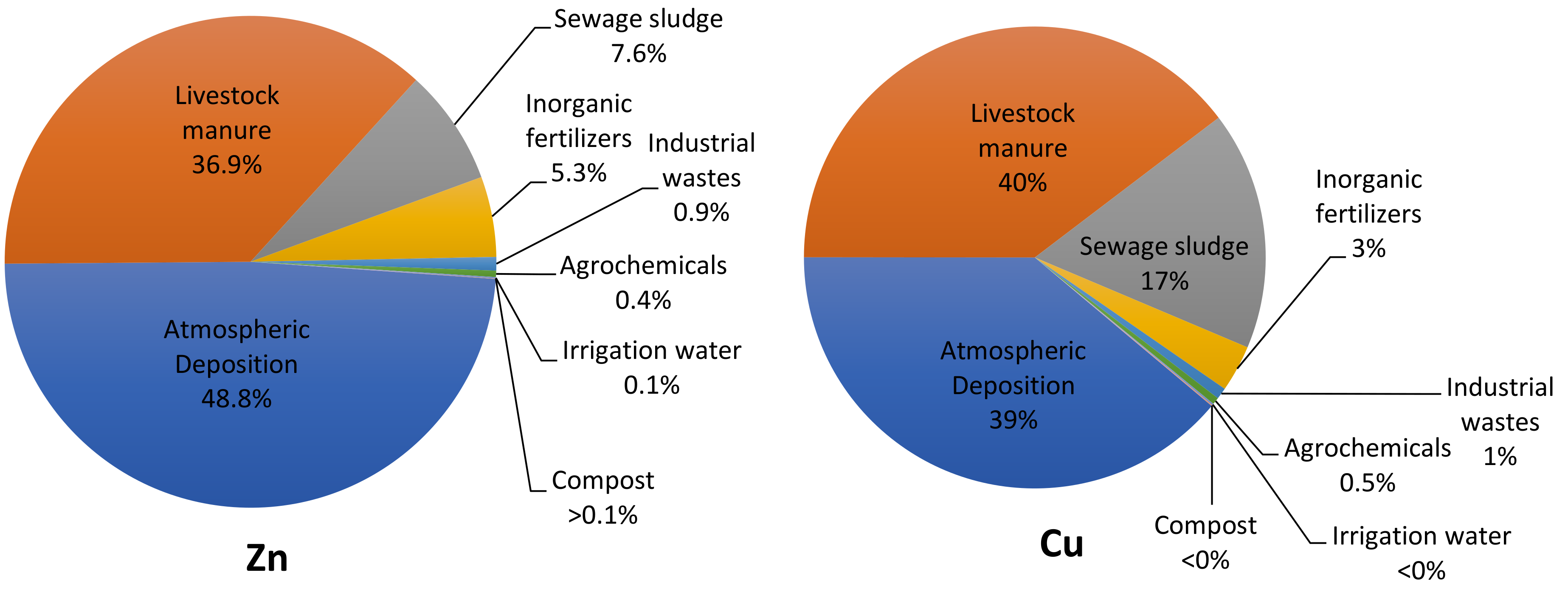
Agriculture Free Full Text Antimicrobial Use And Resistance In Plant Agriculture A One Health Perspective Html
Comments
Post a Comment